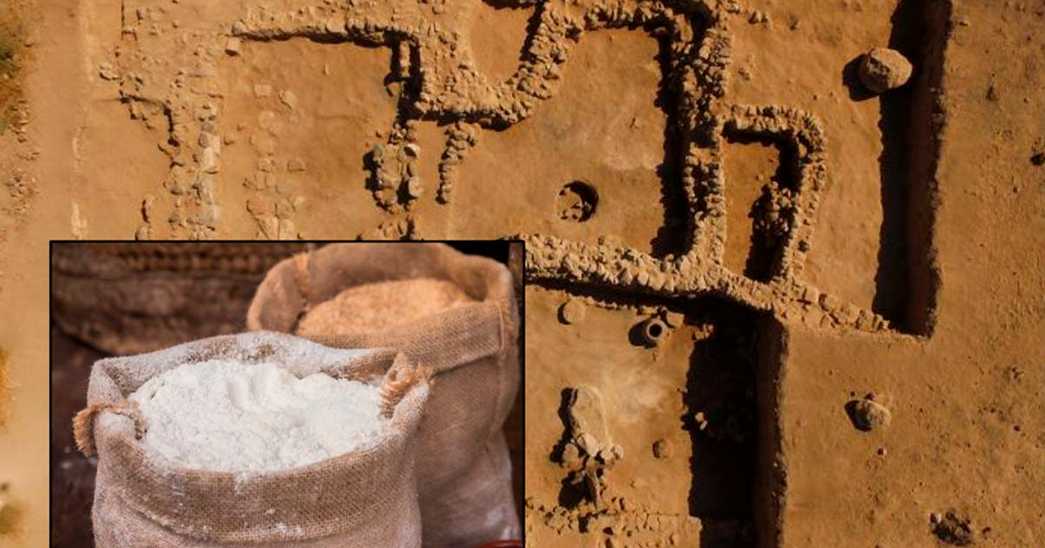Archaeologists have uncovered a 3,000-year-old bakery in Metsamor, Armenia, astonishingly, still housing several sacks worth of flour embedded in the soil. The discovery was made within the remnants of a large structure, housing multiple ovens, which had succumbed to a fire.
“The flour has been preserved in the form of bright spots. At first glance, it looked like light burned ash. Thanks to flotation (rinsing) we proved that it is flour, not ash,” reported the head of research, Professor Krzysztof Jakubiak from the Faculty of Archaeology of the University of Warsaw.
The flour had formed a layer several dozen centimeters thick. It is estimated that up to 3.5 tonnes of flour was originally stored in the building. Unfortunately, only a few sacks worth of organic material has survived over the centuries. It was primarily wheat flour that was used, and quantities point to large-scale production and a certain culture of bread making within the region, both at a micro and macro level.
Reuters: Greek PM says country has changed, seeks new mandate to speed up growth
Similar discoveries of flour have been made in the wider Armenian region, such as the fortress settlement of Tejszebaini (currently known as Karmir Blur), which belonged to the ancient Urartu kingdom. The Caucasus region has a history of using flour for divination purposes, which could potentially alter the interpretation of the building’s function, but this remains to be examined further.
Read more: Ancient Origins
Ask me anything
Explore related questions





